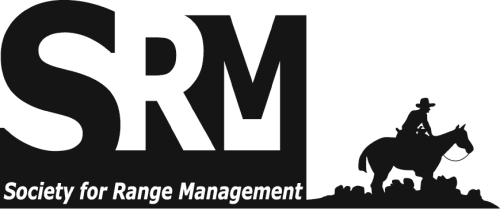Drylands cover 41% of the world's terrestrial land surface and provide $1 trillion in ecosystem goods and services to 36% of the global human population, yet the degree of degradation in this ecosystem is unknown. We conducted a paired plot study during peak summer temperatures (mean of 32° C) in July of 2014 in the cold salt desert shrub steppe ecosystem of the East Bank Plateau of Amman, Jordan. We used a FARO Focus 3D 905-nm terrestrial laser scanner (TLS) at approximately 7-cm spacing between scan lines and a range accuracy of ±2 mm in a paired plot design to compare the impact of restoration/conservation management to open access land-use on the 3D structure of vegetation and soils. The restored site was planted with native shrubs and the terrain was treated with slope contouring. The open access site is subject to both subsistence cropping and livestock grazing. Both sites are on saline Inceptisols and Aridisols that derive from salt playa/basin landforms at elevations ranging between 860-m to 890-m above sa level. Analysis of a 10-cm pixel TLS generated digital canopy height model indicated less vegetation cover on the open access site, compared to the restored site. Topographic analysis of a TLS generated 10-cm ground digital elevation model for both sites indicated greater surface roughness for the restored site, suggesting the open access site was more susceptible to wind and water driven sediment loss as confirmed by water catchment sediment traps at both sites.

Oral presentation and poster titles, abstracts, and authors from the Society for Range Management (SRM) Annual Meetings and Tradeshows, from 2013 forward.